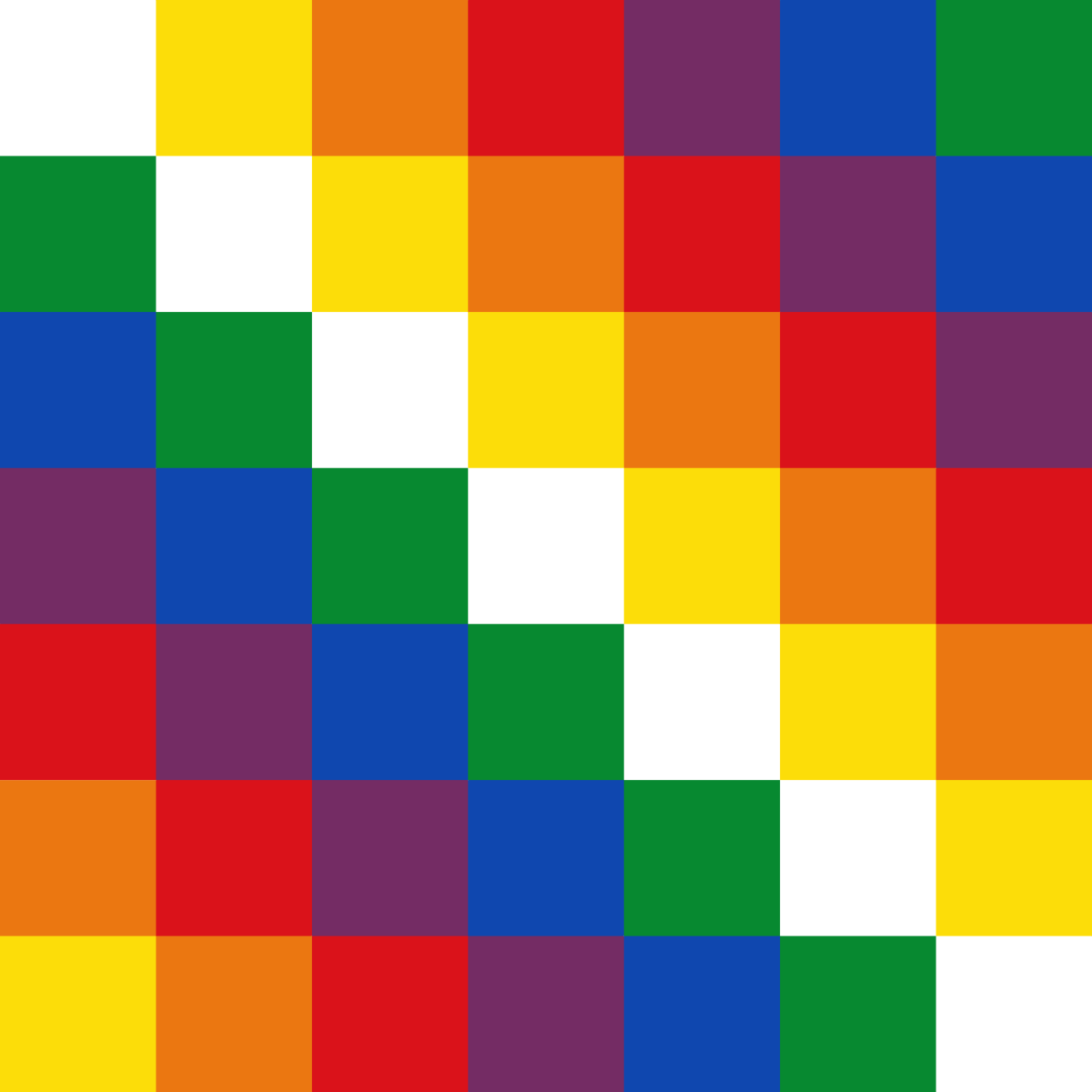Kanafani was born on April 8, 1936 in Acre, Palestine. He lived with his family in Jaffa until they were forced to leave during the Nakba (“catastrophe”) of 1948 and finally settled in Damascus. After living in a refugee camp, he later began working as a teacher in a refugee camp for the UNRWA to help support his family and continue his studies. His experience in the refugee camps is reflected in much of his works.
While studying Arabic literature at the University of Damascus he became interested in politics and met the then leader of the Arab Nationalist Movement (ANM) George Habash, with whom he began to work. After teaching several years in Kuwait, where he was diagnosed with acute diabetes, Kanafani moved to Beirut to work on al-Hurriyya (“Independence”) magazine at the invitation of Habash.
In 1961 he married Danish professor Anni Hoover, who had come to Beirut to study the refugee situation and in 1962 he published his first major book, Men in the Sun *, immediately acclaimed throughout the Arab world. Both as a journalist and as a writer, Kanafani was very prolific in the 1960s when Palestinian resistance and armed struggle increased (the PLO was founded in 1965).
The Popular Front for the Liberation of Palestine (PFLP) was founded in 1967 to replace the Movement of Arab Nationalists and Kanafani became director of al-Hadaf, the party’s organ. With a clear Marxist orientation, the PFLP pledged to resist the occupation of Palestine and establish in Palestine a single state with a new secular society based on social justice. The period between 1970 and 1972 was rich in political and armed activity, and at that time Kanafani was a member of the PFLP politburo in addition to being its spokesperson.
The PFLP considered the fight against the Israeli occupation to be anti-colonial resistance. After the defeats of 1948 and, especially, 1967, the struggle in the cultural sphere was fundamental to recover a daily Palestinian national identity that was in danger due to dispersion and ethnic and cultural cleansing. It was the first step to recover his country.
He was assassinated along with his 17-year-old niece Lamees on July 8, 1972 in Beirut by a car bomb planned by Mossad and very possibly with the collusion of the Lebanese authorities.
– PFLP Ghassan Kanafani, Richard Carleton interview COMPLETE
– The Dupes, 1973 Syrian Film based on the book by Kanafani “Men in the Sun”
Hexbear links
- 🐻Link to all Hexbear comms https://hexbear.net/post/1403966
- 📀 Come listen to music and Watch movies with your fellow Hexbears nerd, in Cy.tube](https://live.hexbear.net/c/movies
- 🔥 Read and talk about a current topics in the News Megathread https://hexbear.net/post/4474329
- ⚔ Come talk in the New Weekly PoC thread https://hexbear.net/post/4474295
- ✨ Talk with fellow Trans comrades in the New Weekly Trans thread https://hexbear.net/post/4474253
- 👊 New Weekly Improvement thread https://hexbear.net/post/4531124
- 🧡 Disabled comm megathread https://hexbear.net/post/4485105
- Parenting Chat https://hexbear.net/post/4528813
reminders:
- 💚 You nerds can join specific comms to see posts about all sorts of topics
- 💙 Hexbear’s algorithm prioritizes comments over upbears
- 💜 Sorting by new you nerd
- 🌈 If you ever want to make your own megathread, you can reserve a spot here nerd
- 🐶 Join the unofficial Hexbear-adjacent Mastodon instance toots.matapacos.dog
Links To Resources (Aid and Theory):
Aid:
Theory:


The dumbest guy ever making an argument that 9/11 would be a bigger deal than arsenal gear smashing through new York 8 years later in the metal gear universe.
How is the number of vehicles relevant? Also Solidus had a special forces squad and a private Russian army help him take hijack arsenal gear.
I just feel like something the size of like 4 aircraft carriers that is the most classified state secret possible and looks absolutely like nothing anyone has seen before bulldozed it’s way from the Hudson River to Federal Hall and the Dr Octopus’d up Corpse of a former President was found at the scene, it would be a bigger deal than guys hit building with plane
scratched liberals whenthey get the opportunity to compare osama bin laden and former president george sears:
I pointed it out in the reply 'imagine if instead of Osama Bin Laden it was Bill Clinton and he actually flew the plane"
lmfao that image
also MGS libs after gets elected: “I never thought I’d see the day where I miss George Sears…but heck, I’d vote for the ruined husk of the Patriots AI over the fr*ggin orange orangutan!!”
gets elected: “I never thought I’d see the day where I miss George Sears…but heck, I’d vote for the ruined husk of the Patriots AI over the fr*ggin orange orangutan!!”
spoiler
(forgive me if im forgetting what actually happens to the patriots i rarely replay past MGS3)
This guy rocks so hard
lololol i love him sm i want to kiss him on the forehead
He got me to explain what a PMC is in real life and how it relates to the story. He went from lol look at this dumbass to my precious little dumbass
‘Please correct me cos I’m not a nerd’ will live with me forever and I’ll be saying it
Snake goes through a microwave and turns them off
I didn’t notice that he replied to a comment I made 2 years ago